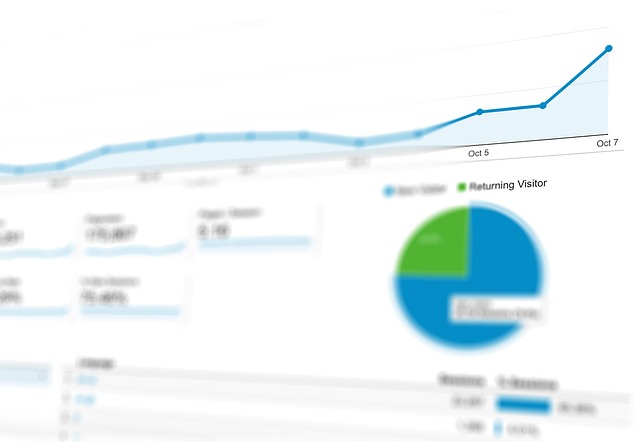The Rumsfeld Matrix as an effective tool in the decision-making process
During a briefing on the Iraq War, Donald Rumsfeld divided information into 4 categories: known known, known unknown, unknown known, unknown unknown. ...

Advanced analytics is an automated process of extracting useful information from a large data amount. For this, machine learning and Artificial Intelligence are mainly used, which makes it possible to improve traditional data analysis methods and find new ways to develop and use data analysis tools. The use of advanced analytics helps to automate many analytics functions (creation, analysis, building a data model, etc.), as well as simplifying the process of interacting with data and obtaining useful information.
The main goal of advanced analytics is to gain a deeper understanding of the results and create more accurate forecasts. Behind every right decision is data, more precisely their analysis and clear understanding. Using this tool, it is possible to identify problems, new opportunities in time, analyze changes in performance indicators. This, in turn, allows to achieve goals and KPIs faster.
Real time information
Advanced analytics solutions allow to get the necessary information in minutes. The use of machine learning and Artificial Intelligence models allows to quickly process millions of data lines and create detailed analytical reports. Thanks to accessible and understandable data visualization, users get a complete picture of the current situation. Information is provided in real time, allowing to benefit and make quick decisions in critical situations.
Detailed analysis
Access to a huge amount of data and variables, which is possible with the use of advanced analytics, allows for deep data analysis. This allows to get more accurate information, explore certain points, identify the causes of the current situation and create more accurate forecasts.
Data democratization
The main data democratization goal is to provide users with enhanced access to the data they need to perform their duties. Any employee can access the data in real time, work with it and create customized views for analysis. Data democratization will allow users to work independently with data, which contributes to increased data literacy.
Making effective decisions
Quite often there are critical situations where it is necessary to make a decision quickly. In this case, there is no way to wait a long time for the necessary information. Advanced analytics solves this problem by processing billions of records and providing accurate information to the user. Also, the user receives an answer to the questions «why» for each result, which allows to make an informed decision.